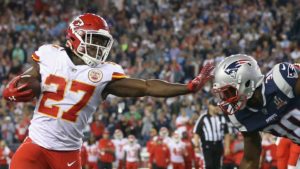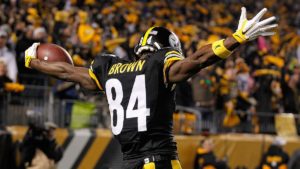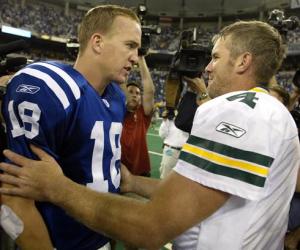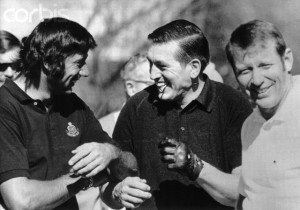WARNING: unbalanced footnote start tag short code found.
If this warning is irrelevant, please disable the syntax validation feature in the dashboard under General settings > Footnote start and end short codes > Check for balanced shortcodes.
Unbalanced start tag short code found before:
“One reason the Eagles are 7-1: the team ranks 2nd in red zone percentage and 1st in goal-to-go percentage, which means Philadelphia has been able to convert those yards into points. The Eagles defense ranks 15th in both categories). The table below shows the per play yardage statistics on both pas…”
Through eight weeks, the Philadelphia Eagles have the best record in the NFL at 7-1. But it’s the Jacksonville Jaguars who have arguably been the most impressive team in the league this year on a per-play basis.
Jacksonville is averaging 6.42 net yards per pass play this year, which is simply passing yards (net of sack yards lost) divided by pass attempts (including sacks). That ranks 15th in the NFL, but more impressively, the Jaguars are allowing just 4.22 net yards per pass to opposing passers, easily the best rate in the NFL. Jacksonville also has a very weird rushing split: the Jaguars rank 1st in yards per carry (4.97) but last in yards per carry allowed (5.16).
The Eagles are much more balanced, though not necessarily more impressive: Philadelphia ranks 10th in NY/A, 15th in YPC, 14th in NY/A allowed, and 12th in YPC allowed. ((One reason the Eagles are 7-1: the team ranks 2nd in red zone percentage and 1st in goal-to-go percentage, which means Philadelphia has been able to convert those yards into points. The Eagles defense ranks 15th in both categories).
The table below shows the per play yardage statistics on both pass and rushing plays for each team’s offense and defense this year. It also shows the raw yardage margin per game. Finally, I calculated a grade for each team that places twice as much weight on the passing game as the rushing game. The grade column is simply (NY/A – Opp NY/A) *2 + (YPC – Opp YPC). As you can see, Jacksonville tops that category, in large part because of the team’s pass defense: [continue reading…]








